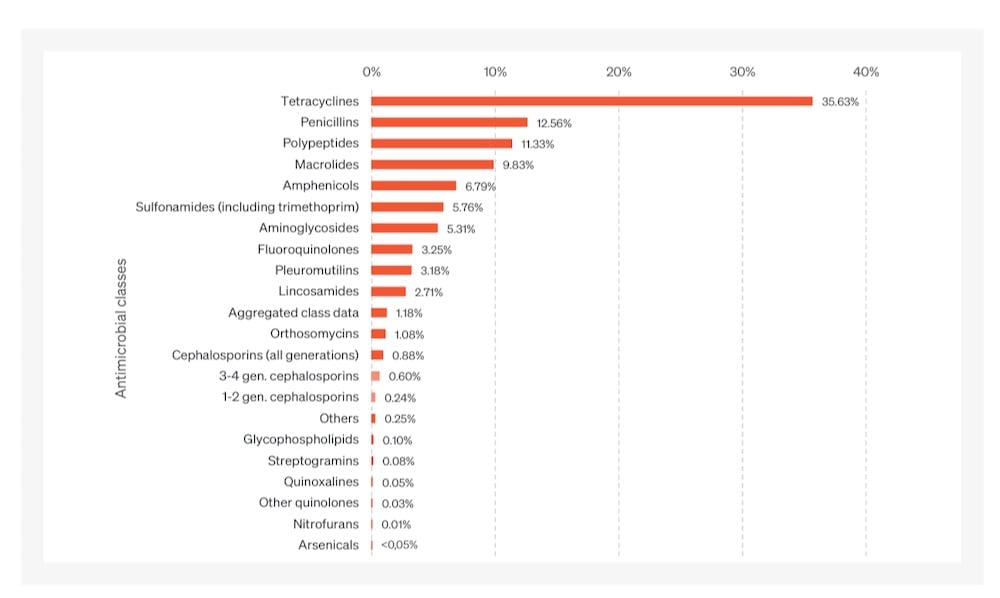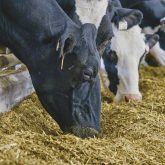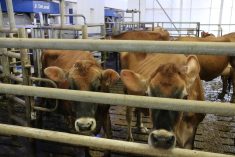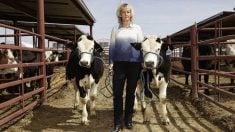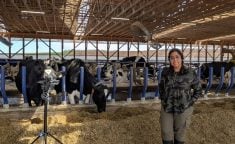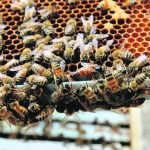The Americas continue to decrease their use of antimicrobials for animals, although a new report shows a large rise in usage in Africa.
The new report from the World Organization for Animal Health (WOAH), showed that total use of antimicrobials in animals increased two per cent between 2019 and 2021, after several years of decline.
Why it matters: There’s growing resistance of bacterial diseases to commonly used antibiotics, which reduces their effectiveness and is a health risk in humans and animals.
Read Also

Dissolving eartags could make pig traceability easier
A dissolving eartag for market hogs, called Clean Trace could reduce processing challenges and enable more individual management of pigs.
The increase observed in Africa was 179 per cent, while the Americas reduced animals antimicrobial use by nine per cent, Europe by six per cent and Asia and the Pacific by 0.7 per cent.
The African increase may seem huge, but the report says that the increase is mostly because of better antimicrobial use monitoring and reporting systems there. Africa only represents about two per cent of total antimicrobial quantities.
There has been progress towards restricting use of the most important antimicrobials for humans to treat animals. Cephalosporins and fluoroquinolones are only about 0.6 per cent and three per cent of the total antimicrobials used for animals.
The two most-used medications for animals treatment, tetracyclines (at 36 per cent of the total) and penicillins, (12.5 per cent of the total), are both part of the list of most important antimicrobials for veterinary use, but are not on the list of critical human antimicrobials. The use of tetracyclines increased by 10 per cent, penicillins 12 per cent and macrolides 19 per cent across the world.
The use of antimicrobials to promote the growth of animals through preventative treatment has been criticized as an area of unnecessary use of antimicrobials, but in some areas, growth-promoting use continues. Seventy-five per cent of growth-promoting antimicrobials are used in the Americas, Asia and the Pacific. Seventy-two per cent of reporting countries say they use no antimicrobials to promote growth.
Two of the three most-used antimicrobials used to promote growth, tylosin and bacitracin are also on the list of critical antimicrobials for humans, which is why the growth-promoting area of antimicrobial use gets so much attention.
The WOAH report says that while there are hot spots of growth, 51 out of 81 Members reduced their quantities from 2019 to 2021.
The WOAH report said that antimicrobial resistance is expected to result in a potential loss of 1.8 years of life expectancy across the world by 2035.
The organization started collecting global statistics on antimicrobial use in animals in 2015.


